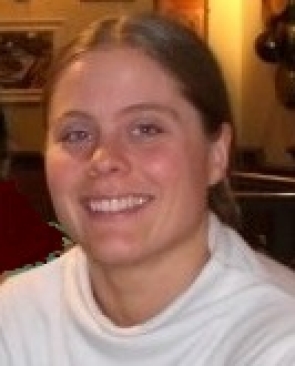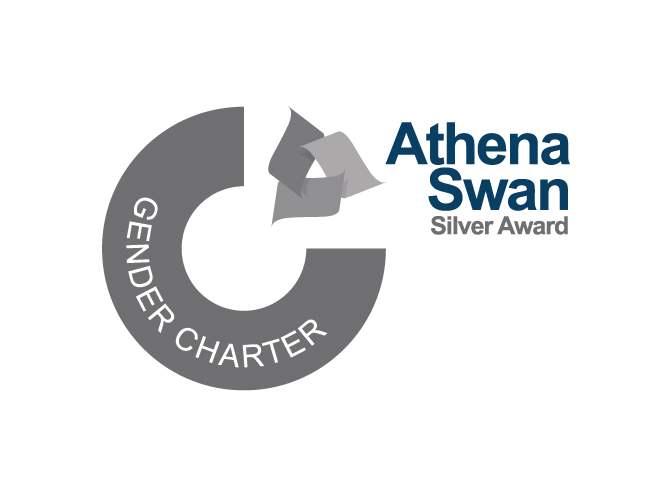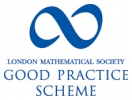You are here
- Home
- EPSRC award – Mathematical modelling of the electric potential from cochlear implants for a new diagnosis tool
EPSRC award – Mathematical modelling of the electric potential from cochlear implants for a new diagnosis tool
 Dr Katrine Rogers has been awarded a £38,000 EPSRC research grant for the project Mathematical modelling of the electric potential from cochlear implants for a new diagnosis tool. The research will be carried out in collaboration with Dr Tracey Newman and Dr Mary Grasmeder from the University of Southampton. The project description is as follows.
Dr Katrine Rogers has been awarded a £38,000 EPSRC research grant for the project Mathematical modelling of the electric potential from cochlear implants for a new diagnosis tool. The research will be carried out in collaboration with Dr Tracey Newman and Dr Mary Grasmeder from the University of Southampton. The project description is as follows.
Up to half of adults with a cochlear implant experience poor hearing at some time with their implant. While recognised globally as a major problem, there is little effective differential diagnoses of these poor clinical outcomes. Our vision is to produce a diagnostic test that works in a routine clinic, is non-invasive and well tolerated by patients. To develop this new transformative tool and realise the promise of our recent innovative study we need a mathematical model which predicts the electric potential on the scalp caused by an electric current source in the cochlea. This application brings mathematical expertise into an existing cross-disciplinary, translational team. We will implement a human head geometry, including the cochlea, and use the finite element method to build and solve a new mathematical model to predict the electric potential on the scalp caused by a current source in the cochlea. The model will be validated against clinical data collected from patients with cochlear implants at the University of Southampton Auditory Implant Service (USAIS). We will adjust the complexity of the model, using sensitivity analysis to electrical and geometrical parameters, while iteratively comparing the model output to existing data to produce a validated model which applies across individuals. We will use the outcomes of this project to improve the quality of life for people who hear with cochlear implants through clinical studies using NIHR/industry funding and further fundamental UKRI funded research.

